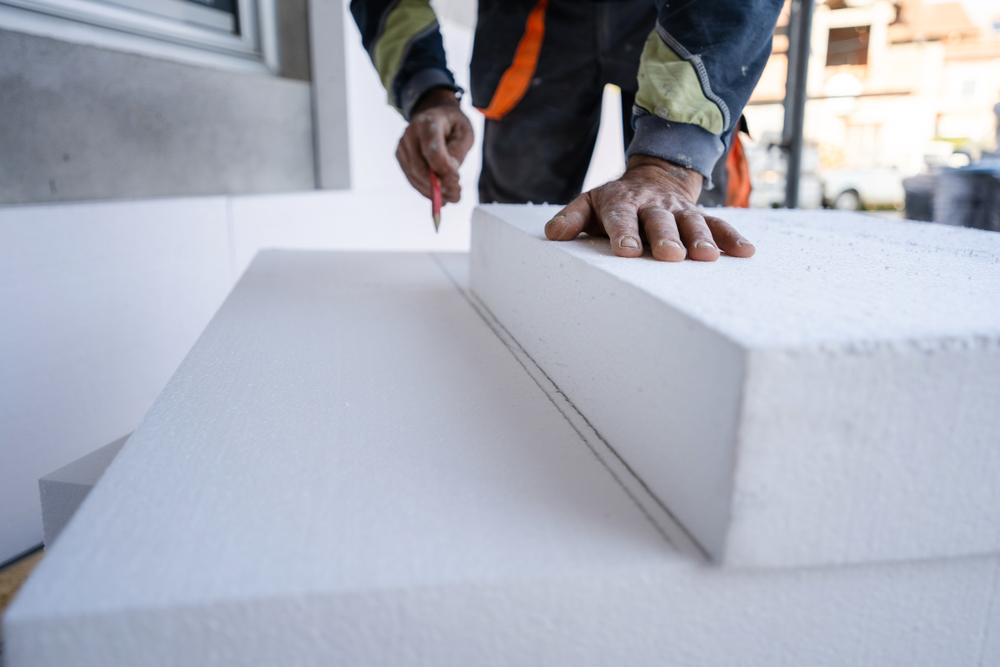Every region has certain insulation requirements that homeowners and commercial builders must meet to stay compliant with building regulations, ensure energy efficiency, and lower the risk of a fire.
But who sets the threshold for minimum insulation requirements? Is there such a thing as ”minimum” insulation requirements?
In the United States, insulation requirements are primarily set by the International Code Council (ICC) in their International Energy Conservation Code (IECC). The IECC is periodically updated, usually every three years.
Here’s an overview of minimum insulation requirements and how you can go about them.
Are There Minimum Insulation Requirements?
Yes, there are legal minimum insulation requirements in place for both residential and commercial buildings. The requirements differ across climate zones and states.
According to the government’s energy authority, you must know the R-values for each part of the home that needs to be insulated.
Suppose you live in Bristol Bay, Alaska. The region falls in Zone 7, and here are its minimum insulation requirements:
- Uninsulated Attic: R60
- 3 to 4 Inches of Existing Insulation: R49
- Uninsulated Floor: R38
- Uninsulated Wood-Frame Wall: R20 + R50 continuous insulation
- Insulated Wood-Frame Wall: Additional R10 of continuous insulation
On the contrary, if you live in areas of Montana and Wisconsin, you’ll be in Zone 4. The minimum insulation requirements here are:
- Uninsulated Attic: R60
- 3 to 4 Inches of Existing Insulation: R49
- Uninsulated Floor: R19
- Uninsulated Wood-Frame Wall: R20 + R50 continuous insulation
- Insulated Wood-Frame Wall: Additional R10 of continuous insulation
Likewise, some counties of Montana, Idaho, Alaska, and Minnesota are in Zone 3. The minimum insulation requirements here differ from those of other zones.
- Uninsulated Attic: R49 to R60
- 3 to 4 Inches of Existing Insulation: R38 to R49
- Uninsulated Floor: R19
- Uninsulated Wood-Frame Wall: R20 or R13 + R5 continuous insulation or R0 + R15 continuous insulation
- Insulated Wood-Frame Wall: Additional R5 of continuous insulation
You can learn more about minimum insulation requirements here. Keep in mind that the International Energy Conservation Code will highlight the minimum insulation requirements for your geographical region. The 2021 update is the most recent version.
How Are Minimum Insulation Requirements Determined?
Depending on the regulation authority in a country, the minimum insulation requirements are determined in one of three ways.
Schedule Method
In this approach, the authority uses the climate zone and construction type to determine minimum insulation requirements.
For example, they will say that the insulation requirements for Zone X are R-XX for uninsulated walls, R-YY for roofs, and R-ZZ for floors. The schedule method is generally used in the United States.
Calculation Method
The calculation method uses a reference building. For example, the regulation authority will propose the R-values based on the heat loss comparison between a reference building and the actual building.
Modeling Method
The modeling method is sort of a hybrid of the two previous methods. It stipulates that the energy use of Building A (actual building) should not exceed that of Building B (reference building) in a particular climate zone.
The procedure is either outlined by the regulation authority or left to the building designer to determine.
Is It Important to Meet Minimum Insulation Requirements?
Yes, it is.
The first reason to meet minimum insulation requirements is that you do not want any legal repercussions. Buildings that do not meet building codes may not be insured or may face fines.
The second reason is for everyday comfort. Insulation in a home helps to regulate the temperature, keep out noise, and prevent pests. Without the correct insulation for your climate zone, you may experience more intense heat or cold. Plus, the utility bills will be sky-high.
Are There Cheap Insulation Options?
Certainly. Some examples of cheap insulation options are stone wool, fiberglass batts, rigid foam boards, and blown-in cellulose. Spray foam insulation may also get cheaper if you DIY the installation part.
Some insulation options are cheaper because the material doesn’t require a lot of labor to install. Others are cheap because they are recycled or repurposed materials like denim, newspaper, and cork.
An alternative would be to use insulation additives that do not affect the R-value but improve the efficiency of the existing insulation material. Examples include radiant barriers and reflective roofing materials.





